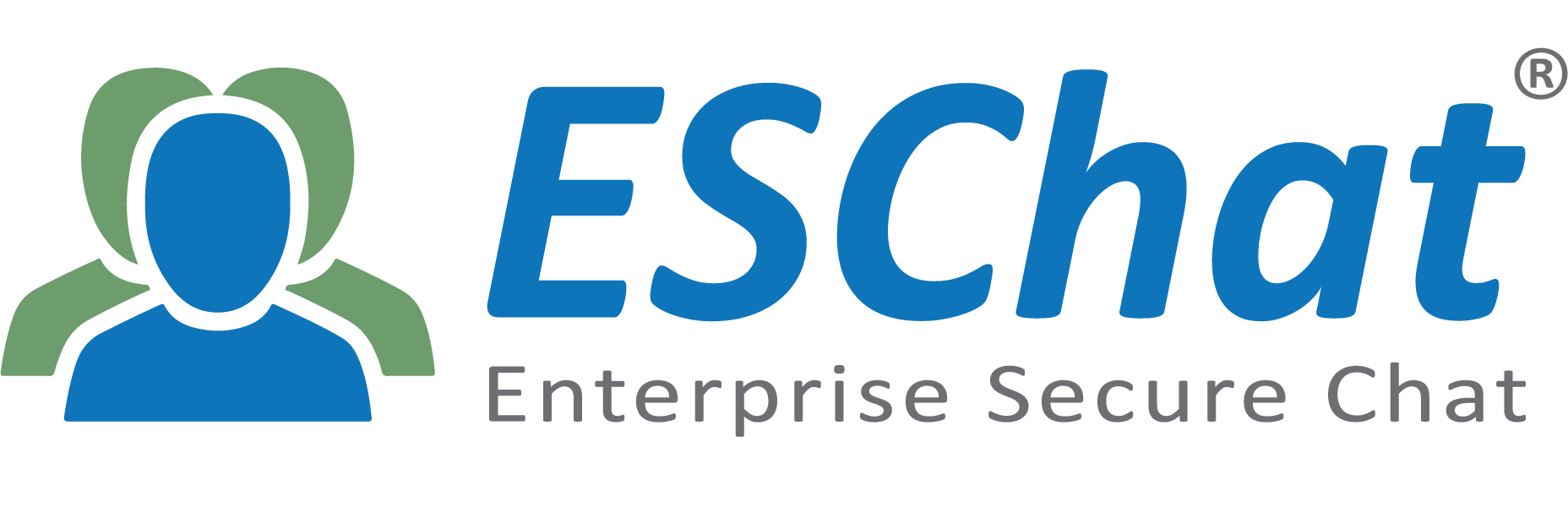A Complete PTT Strategy
ESChat allows users to communicate on a 1:1, adhoc and Group basis. ESChat provides eight distinct Talk Group types each customized to fill a particular mission. Talk Groups range from the basic Nextel type Group, to Groups for Surveillance, Command, Dispatch, Unicast, Emergency Broadcast and more. Each multi-way Talk Group will support 3,000 members with the press of a single button.
ESChat is available for $5.99 per month on a month to month no-contract basis, and includes Secure PTT Voice, Group Messaging and Location Tracking & Mapping. Annual subscribers can purchase ESChat for $5.39 per month and volume discounts are available. Your ESChat service will be active within minutes of placing your order, and includes 24/7/365 Live Technical Phone Support. To contact ESChat Sales, dial (805) 541-5044 and select Option 1
Highlighted PTT Features
- Voice Privacy including:
- AES-256 bit Symmetric Key Encryption
- ECDSA Asymmetric Encryption
- ECDH 384 bit Key Exchange
- SHA-384 Hashing
- User and Group Priority to control user access
- Priority Broadcast Calling
- Presence for Groups and Individual Contacts
- Priority Calling and in-call pre-emption
- Eight Talk Group Types
- Account management via the handset or web
- Guaranteed network isolation
- Dedicated Enterprise Servers
- Encrypted Account Management Transactions
- PC Based Dispatch Client for Windows
- Direct interface to Public Safety and LMR networks
- Late Join on Group Calls
- Front Screen Contact and Group navigation
- Initiate and Receive Calls with flip closed
- Historical [Bread Crumb] Mapping
- Historical [Bread Crumb] Data Download
- Easy to use Contact and Group Selection
- FLASH Based User Tutorials
- Live Customer Support 24/7/365
- Group and User Presence
- Floor Control Indication
- User and Group Management from:
- Web based user interface, and
- Handset User Interface
- Instant Ad Hoc Group Calling
- Enterprise Administration via Web Interface
Multiple Talk Group Types Customized to Meet Customer Needs
- Personal Groups (Group Size Limit is 250):
- Personal Groups are created by a user and are only visible from the creator’s Group List. Only the creator may initiate a call to a Personal Group.
- Member Groups (Group Size Limit is 250):
- Member Groups are visible in all member’s Group Lists. Any member of the group may initiate a call to the group.
- Enterprise Open Groups (Group Size Limit is 3,000):
- Enterprise Open groups are available for any user to join. The owner/manager of the group may or may not be a participant in the group and there may be more than one Group Manager.
- Enterprise Closed Groups (Group Size Limit is 3,000):
- Enterprise Closed Groups may be created by any user, and Members may only be added by the owner/manager. The owner/manager of the group may or may not be a participant in the Group and there may be more than one Group Manager.
- Law Enforcement Surveillance Channel (Group Size Limit is 3,000):
- Surveillance Channel Groups were created for use by Law Enforcement personnel whose typical profile requires long calls, that cannot be automatically ended after brief periods of inactivity.
- Public Safety Unicast Channel (Group Size Limit is 3,000):
- Unicast Channels provide a means for Public Safety agencies to broadcast important audio feeds, such as NOAA Weather, Air Traffic Control, and any LMR network in a “monitor only” mode.
- Enterprise Dispatch Groups (Group Size Limit is 3,000):
- Enterprise Dispatch Groups have definable time of day/day of week shifts associated with them. The members of the group can change for each shift. Also, the owner/manager of the Group may or may not be a participant in the Group and there may be more than one Group Manager. Users with a Dispatch Group in their Group List need only to call the group and it will be routed to those members of the group that are on shift at the time.
- Adhoc Groups (Group Size Limit is 250):
- Adhoc Groups are not pre-configured groups, but rather a selection of multiple Contacts from the Contact List. Once the Contacts are highlighted, the user presses the PTT button to establish a call.
